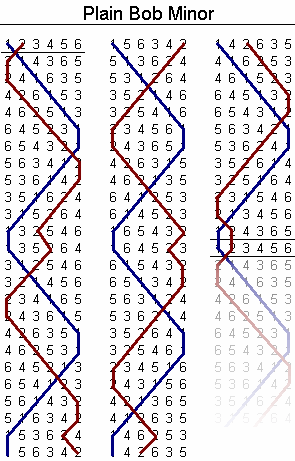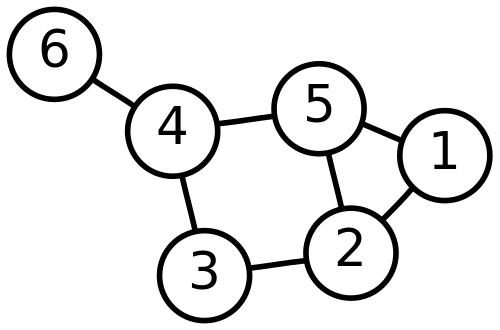Music is richly mathematical, and an understanding of one subject can be a great help in understanding the other.
Geometry and angles
My masters thesis is devoted in part to a method for teaching math concepts using a drum machine organized on a radial grid. Placing rhythms on a circle gives a good multisensory window into ratios and angles.
Wave mechanics
The brain turns out to be adept at decomposing sinusoids into their component frequencies. We can’t necessarily consciously compare the partials of a sound, but we certainly do it unconsciously — that’s how we’re able to distinguish different timbres, and is probably the basis for our sense of consonance and dissonance. If two pitches share a lot of overtones, we tend to hear them as consonant, at least here in the western world. There’s a strong case to be made that overlapping overtone series is the basis of all of western music theory.
The concept of orbitals in quantum mechanics made zero sense to me until I finally found out that they’re just harmonics of the electron field’s vibrations. I wasn’t at all surprised to learn that Einstein conceptualized wave mechanics in musical terms as well.
Logarithms
Octave equivalency is really just your brain’s ability to detect frequencies related by powers of two. The relationship between absolute pitches and pitch classes is an excellent doorway into logarithms generally. You also need logarithms to understand decibels and loudness perception.
Symmetry
Music is really just a way of applying symmetry to events in time. See this delightful paper by Vi Hart about symmetry and transformations in the musical plane.
Combinatorics and graph theory
Generating diatonic chords from a scale is an exercise in combinatorics. Seventeenth-century European bellringing introduced one of the earliest nontrivial results in graph theory, change or method ringing.
Discrete mathematics
The pitch continuum is, well, continuous, but tuning systems and scales are discrete. The voice, fretless stringed instruments and trombones produce continuous pitches. Keyboards, fretted string instruments and saxophones produce discrete pitches. This is great intuitive preparation for the concepts of discrete vs continuous generally.
Modular arithmetic
Once you’ve dealt with the circle of fifths, and with scales and modes, extending the idea to generalized modular systems is no problem. For example, you can investigate the mathematical relationship between the circle of fifths and the circle of half-steps.

Recursion
Maybe you’d consider this more a computer science topic than a math topic, but the best music is very recursive, as elucidated by Douglas Hofstadter in Gödel, Escher, Bach. Fractal self-similarity is probably one of the defining pleasures of good music in general.
Some speculation
My experiences in both music and math have convinced me that music is a severely underutilized resource for math teaching. There are many ways to learn besides manipulating symbols on a page or computer screen. In his book Anathem, Neal Stephenson imagines monks solving proofs and running cellular automata by chanting melodies that evolve by systematic rules.
When I was trying to learn how wrap my head around binary numbers, I eventually just wrote a song that counts in binary from one to sixty-four and back down. It works great, and also turns out to be a highly relaxing and meditative exercise. Maybe if more kids felt relaxed and meditative in math class, they’d learn the material a lot better.



Unlike the Linkedin discussion on whether Maths helps us to understand and learn Music, the examples you give above suggest that Music can enable a better understanding of many aspects of Maths and Physics – fascinating even to a non mathematician like me!